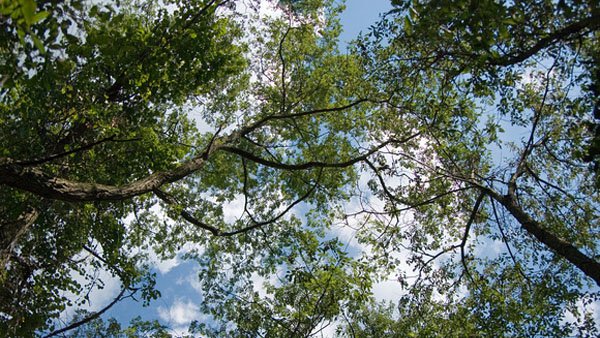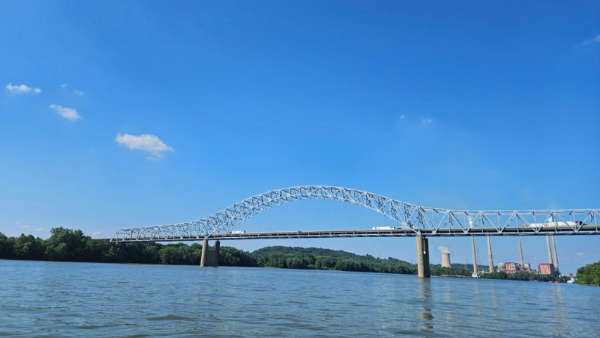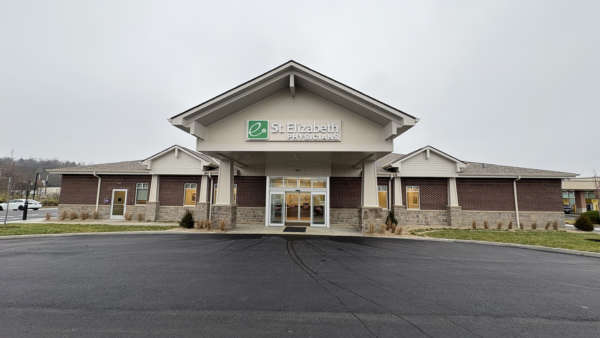Indiana could have warmer, wetter winters and more summer droughts, according to the Climate Change Research Center at Purdue University.

(Bloomington, Ind.) - Indiana’s wildlife, crops, forests, and residents will be affected over the next century as climate change raises the state’s temperature.
On Tuesday at an even in Bloomington, the Purdue University Climate Change Research Center released two reports looking at the impacts of climate change. The reports - Indiana’s Future Forests and Maintaining Indiana’s Green Spaces – are available online at ag.purdue.edu/indianaclimate.
“Indiana’s forests and urban green spaces provide important economic benefits and recreational opportunities, support our diverse wildlife and generally make our state a more pleasant and healthy place to live,” said Jeff Dukes, director of the Purdue Climate Change Research Center. “In order to maintain these resources and preserve them for future generations, we have to understand the potential effects of climate change and act on them now. The trees we’re planting today will be living in a different climate before they’re even very old.”
Indiana’s average annual temperature has increased by 1.2 degrees in the past 100 years, in addition to the state becoming wetter. Looking ahead, the PCCRC believes the average temperature will rise by five to six degrees by mid-century, and as high as 10 degrees more by the end of the century, depending on the amount of heat-trapping gases released to the atmosphere by human activities.
Among the potential changes identified in the reports, researchers say Hoosier winters and springs will become warmer and wetter, while summers will be hotter and drier.
The change may increase habitat suitability for a growing number of tree species in Indiana, however, it could cause other species to stop regenerating. A greater concentration of CO2 in the atmosphere will promote tree growth and forest carbon uptake in the short term.
Growing seasons may become longer, but more flooding and droughts could offset the benefits.
“Shifts in the makeup and growth of Indiana’s forests will have consequences for our wildlife and economy. Under the changing conditions expected this century, proactive management decisions are necessary to improve the sustainability and resilience of the state’s forests,” the forest report states.
According to the green spaces report, maple trees, the most commonly planted street tree in the state, could be negatively affected by a warming climate. Warmer temps could also create additional pressure from pests, diseases, and heat stress on urban plants.
“Proper assessment and planning can safeguard many of these spaces and play a significant role in addressing the impacts cities should expect from a changing climate,” the report concludes.

 Carroll Cropper Bridge Project Will Run Into 2026
Carroll Cropper Bridge Project Will Run Into 2026
 Indiana Republicans Pass Redistricting Bill
Indiana Republicans Pass Redistricting Bill
 DNR: Stay Safe; Always Assume You Are on ‘Thin Ice’
DNR: Stay Safe; Always Assume You Are on ‘Thin Ice’
 St. Elizabeth Facility in Aurora Now Seeing Patients
St. Elizabeth Facility in Aurora Now Seeing Patients
 Lilly Endowment, IDOE Announce Investment to Strengthen Educational Opportunities
Lilly Endowment, IDOE Announce Investment to Strengthen Educational Opportunities
 First Financial Bank Donates $25K to Margaret Mary Health Foundation’s Capital Campaign
First Financial Bank Donates $25K to Margaret Mary Health Foundation’s Capital Campaign













